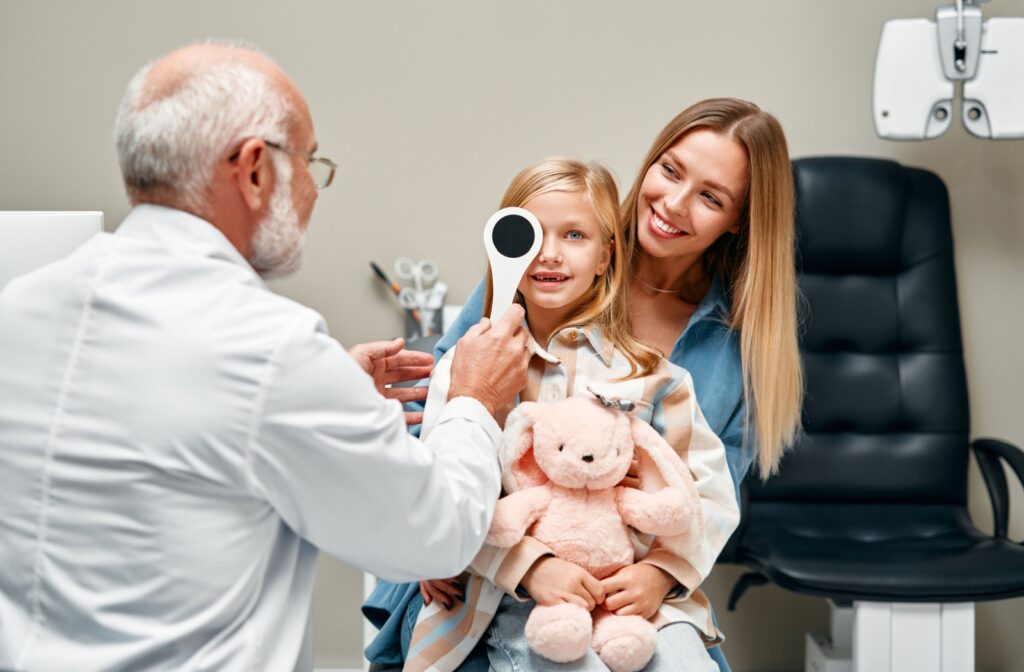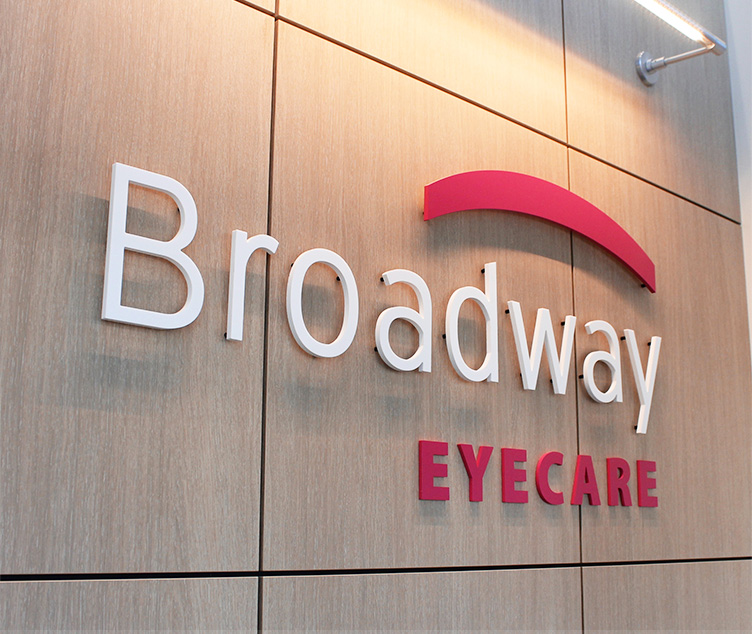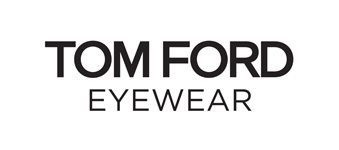Eye exams help preserve one of our most powerful senses: our sight. Annual eye exams are far more than a routine check-up. These comprehensive assessments benefit vision, overall health, and quality of life, and help you keep your prescriptions up-to-date.
Here are 5 reasons why annual eye exams are important:
- Detecting Eye Diseases Early
- Monitoring Vision Changes
- Identifying Systemic Health Concerns
- Monitoring Age-related Vision Changes
- Enhancing Overall Eye Comfort
Understanding Routine Eye Exams
Routine eye exams play a key role in maintaining good vision and ocular health. These aren’t just brief check-ups; rather, they involve a series of tests to thoroughly examine your eyes.
From checking visual acuity to inspecting the internal and external structures of the eye, these exams are necessary for everyone, regardless of their age and health status.
The Canadian Association of Optometrists suggests that:
- Children have eye exams annually until they’re 19 years of age.
- Adults between the ages of 20 to 64 should have an eye exam at least once every two years.
- Seniors 65 years of age and older should have an annual eye exam.
5 Reasons to Have Annual Eye Exam
While not everyone requires an annual eye exam, there’s no downside to staying on top of monitoring your ocular health. Let’s look at some of the benefits of regular exams.
Detecting Eye Diseases Early
One of the most compelling reasons to schedule annual eye exams is for the early detection of eye diseases, which can often develop without noticeable symptoms.
Some conditions can cause irreversible damage to vision if not detected early enough, meaning that they can harm your health before you even know that something is wrong.
Annual eye exams allow your optometrist to detect the onset of these conditions early. This, in turn, allows for treatment, which may mitigate vision loss or otherwise make an eye condition easier to deal with.
Many ocular conditions can be detected during an annual exam, including:
- Glaucoma
- Diabetic retinopathy
- Keratoconus
- Strabismus
- Ambylopia
Optometrists can detect abnormalities that may indicate the onset of diseases by examining the retina, optic nerve, and other internal structures of the eye.
Monitoring Vision Changes
Our visual capabilities can change over time because of factors like age, lifestyle, and underlying health conditions.
Regularly updating vision prescriptions helps reduce eye strain, provides clear sharp vision, and helps enhance overall quality of life.
For instance, those who work extensively with digital devices sometimes need corrective lenses to prevent headaches and discomfort associated with prolonged screen time. Similarly, monitoring changes in vision can help track the progression of myopia, which can help determine whether myopia control therapies are necessary.
Annual exams can help determine whether changes in vision are natural or whether they might be symptomatic of other, underlying health concerns.

Identifying Systemic Health Concerns
Our eyes are a window to our overall health. In addition to ocular conditions, our eyes can also sometimes reveal signs of systemic health issues before other symptoms manifest. Some of these conditions include:
- Diabetes: High blood sugar levels in those with diabetes can lead to diabetic retinopathy.
- High Blood Pressure: This condition can cause changes in the blood vessels at the back of the eye known as hypertensive retinopathy.
- High Cholesterol: Accumulation of cholesterol can lead to the formation of deposits in the cornea known as corneal arcus.
- Thyroid Disease: In particular, Graves’ disease can lead to bulging eyes or dry eyes.
These systemic health concerns can be detected using retinal imaging, OCT scans, visual field tests, and slit lamp examinations. Early detection helps in managing these conditions while preserving ocular and general health.
Monitoring Age-related Vision Changes
As we grow older our bodies undergo numerous changes, and our eyes are no exception. The most common age-related vision changes we include:
- Cataracts
- Presbyopia
- Age-related Macular Degeneration (AMD)
- Glaucoma
While these changes are more prevalent among seniors—highlighting why seniors are encouraged to have annual exams—they certainly aren’t limited to this demographic.
For example, the onset of presbyopia can develop in those in their mid-40s, whereas cataracts can sometimes develop even earlier due to genetics, lifestyle, or certain medications.
Annual exams help identify these visual changes and implement treatment and management plans to help maintain healthy vision.
Enhancing Overall Eye Comfort
Lastly, annual eye exams play a critical role in enhancing overall eye comfort.
Many individuals suffer from conditions like dry eye disease or digital eye strain, especially in our screen-heavy world. Eye exams can help diagnose these conditions and provide solutions, alleviating discomfort.
Depending on the severity of dry eye, your optometrist can recommend at-home remedies or advanced therapies to help retain moisture on the eye’s surface and target the underlying cause of dryness.
Meanwhile, digital eye strain can be addressed by adjusting screen brightness, implementing regular breaks, or prescribing computer glasses with anti-reflective lens coatings.
Comfortable eyes support productivity, enhance quality of life, and reduce the risk of aggravated vision problems due to strain or neglect.
Schedule an Appointment
Understanding the significance of these exams and making them a regular part of your healthcare routine is a vital step in preserving our vision.
Connect with our team at Broadway Eyecare to schedule an appointment for your next annual eye exam.









